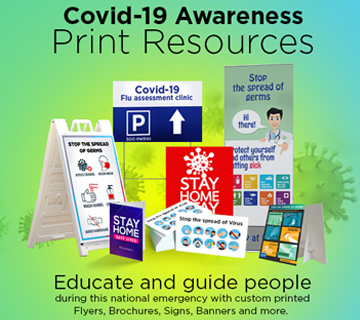
No matter how big or small your brand is, printing flyers can be an excellent way to promote your business. You might consider it as an important part of your marketing strategies. In a business, it is crucial to make your potential clients or customers understand what you have to offer. Printing flyers is one […]
Read More




















